Driven: Porsche 911 Turbo
People condemn Porsche’s decision not to change the overall design of the 911 as boring. But no matter what people say about the shape of the 911 its design consistency serves as a very useful timeline. The 911 Turbo, for me at least, is the easiest Porsche to track through their design history. Before the 911 GT3, GT2 and their RS offspring rocked up, the 911 Turbo was the Porsche with big bits bolted on. With wild 80s whale tails and two big blowers in the boot, the 911 Turbo is a car every enthusiast knows about. So when I was given the keys to the latest Turbo and a track to test its limits, it would’ve been rude to say no to having a go, wouldn’t it?
In the world of supercars the 911 Turbo doesn’t really stand out, it doesn’t have neon fuchsia paintwork and doors that open the wrong way. It is understated yet elegant and purposeful. To average Joe down the street it is just another 911. But lurking behind those rear wheels are two turbochargers that once you have driven a Carrera 4s make one hell of a difference to the smile on your face and the way you view 911s. The Turbo is quick, and I mean seriously quick. I buried my foot, let the ‘chargers wind up and before I knew it I was reading 165mph on the speedo. Yet it was done with such ease and lack of fuss, partly down to the amount of mechanical technology that the Gen 2 Turbo is packing in the engine, turbo and gearbox departments.
Power comes from the 3.8-litre flat six with horsepower coming in at a nice round number of 500. But the addictive temptation to push the fast pedal through the bulkhead is due to the torque. Peak torque is 650Nm between 1,950 – 5,000rpm, but with the help of an overboost function this is raised to 700Nm between 2,100 – 4,000rpm. With such big turbos you would expect to have to look at your watch and count the turbo lag down before you got anywhere. However with the variable vane turbine geometry there is barely a smidgen of lag so the power and responsiveness of the engine is there all the time.
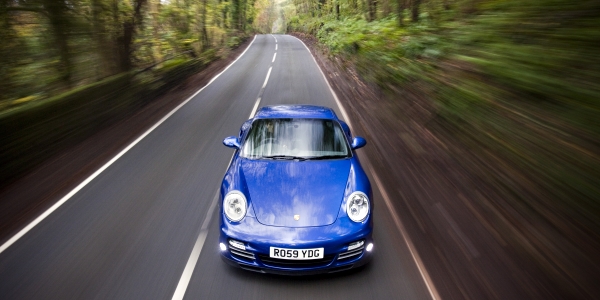
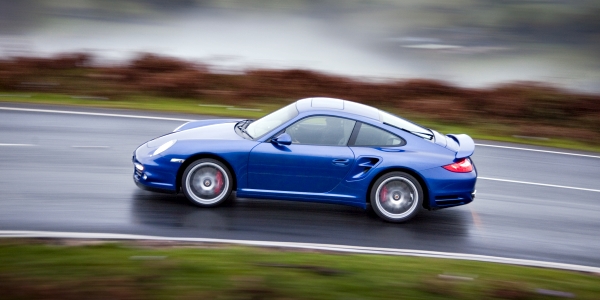
But going in a straight line is far from the only thing this 911 can do. The way it handles round a track is a bit like a passive Doberman. You know those dogs that should be really aggressive but have been so well trained that no matter how much a kid pokes or pulls its ears it doesn’t react with any aggression or bite the kids head off? That is exactly what this car is like. The Turbo’s four-wheel drive system and protective layer of initial understeer means that you can try and provoke the car with stupidly timed throttle inputs and it just takes it in its stride. With other supercars this would mean a trip backwards into the tyre wall and a long chat with your insurance company.
But when you aren’t driving like an idiot the Porsche can really get through the twisty stuff quickly, largely due to the sheer amount of grip it has. With the massive sticky tyres and the big 3.8 at the back when you progress through a corner the car feels ridiculously planted. Power out and you hear the woosh of two spinning turbines and the whole rear hunkers down and acts like a therapeutic suction cups sticking to the tarmac. This is enhanced with Porsche’s Torque Vectoring system, which comprises of a mechanical limited slip differential that can apply the brakes on the inner-rear wheel in a bend to increase the agility of the car and reduce understeer.
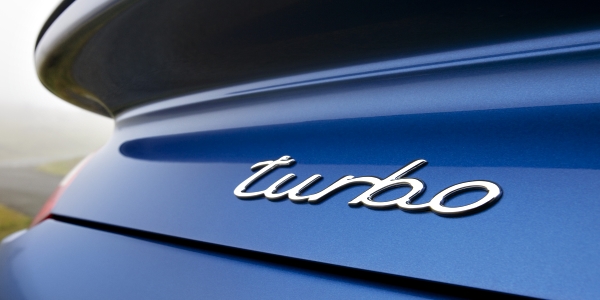
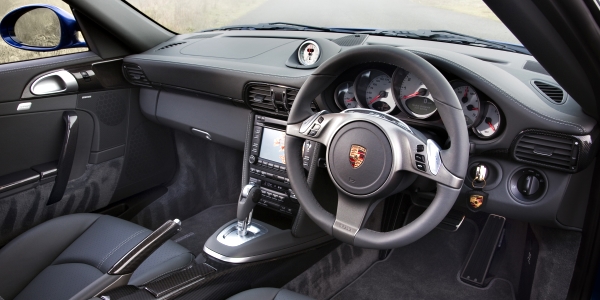
With a £100k starting price you could argue that the Porsche’s lack of visual drama means you should go and spend it on something else. But that hundred grand is money well spent especially if you want to drive to a track, go stupidly fast on said track, then drive home. Porsche gives you all the technology and comfort to help you do that with ease. The PDK’s seamlesskly lightning cog swaps and the optional carbon ceramic brakes mean you can nail lap after lap as they are so consistent. If you spec the car with the Sport Chrono package you can also nail 0-62 in 3.4 secs with the Launch Control option every single time leaving your mate with his stick shift in your tyre smoke as he misses second gear.
The optional carbon-backed, sport bucket seats offer the best support and seating position I have ever experienced in a performance car for my overly long and thin body. When driving the car you are put in a slightly paradoxical scenario where you know that something is a true speed weapon but is also extremely refined - it was like being in a leather-lined, 194mph velocity bomb. The only thing that will let you down is if you opt not to have the £271 PDK paddles placed behind the wheel. If you don’t decide to cough up the notes you are left with the stupid push-me-pull-you buttons on the wheel which if you end up messing things up in the corner or having to overcorrect you end up pressing them in all matter of directions leaving you in seventh gear when you should be in third.
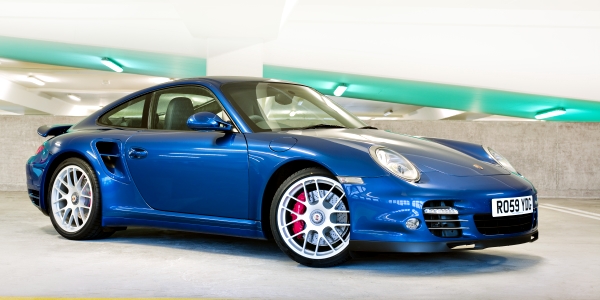
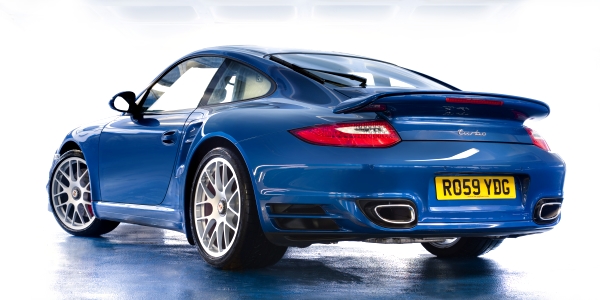
The 911 Turbo is something that people seem to get or they don’t. Yes for £100k you could argue that a little more noise and visual extravagance should be thrown in. But that isn’t what the car is about. For the last 35 years Porsche has been refining the Turbocharged technology and adding more acronyms (PTV, PDK, PCCB, PSM, etc etc) to make an absolute speed ninja. It doesn’t need to be flashy because it lets the speed and stats do the talking while you sit back with a massive smile on your face in comfort.
Words: Rowan Horncastle
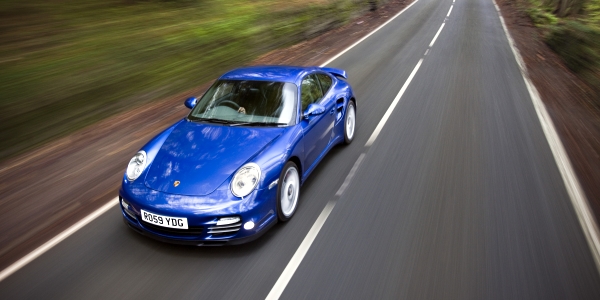
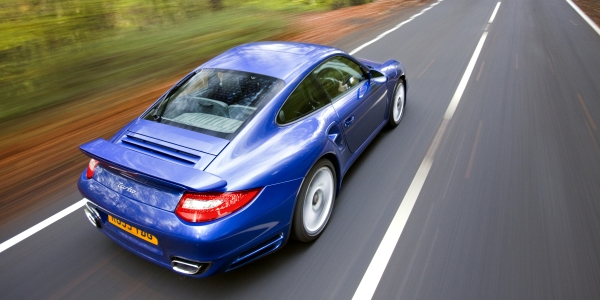

Reply